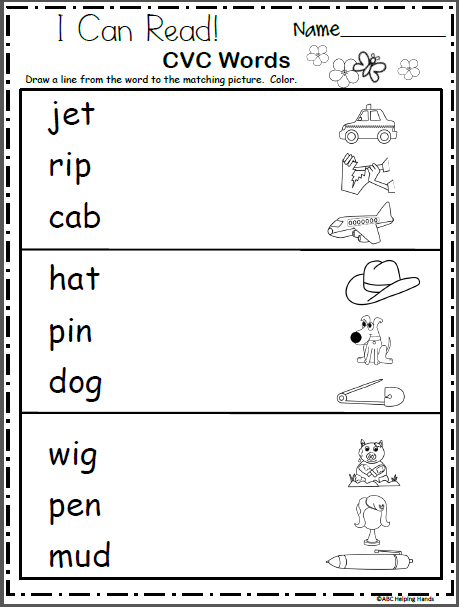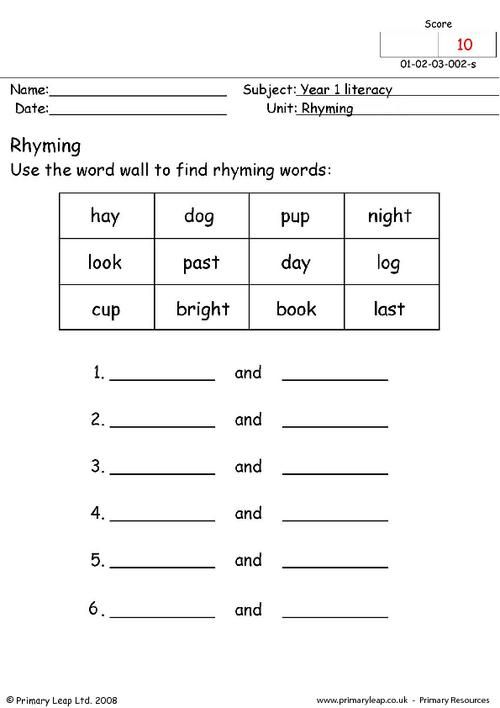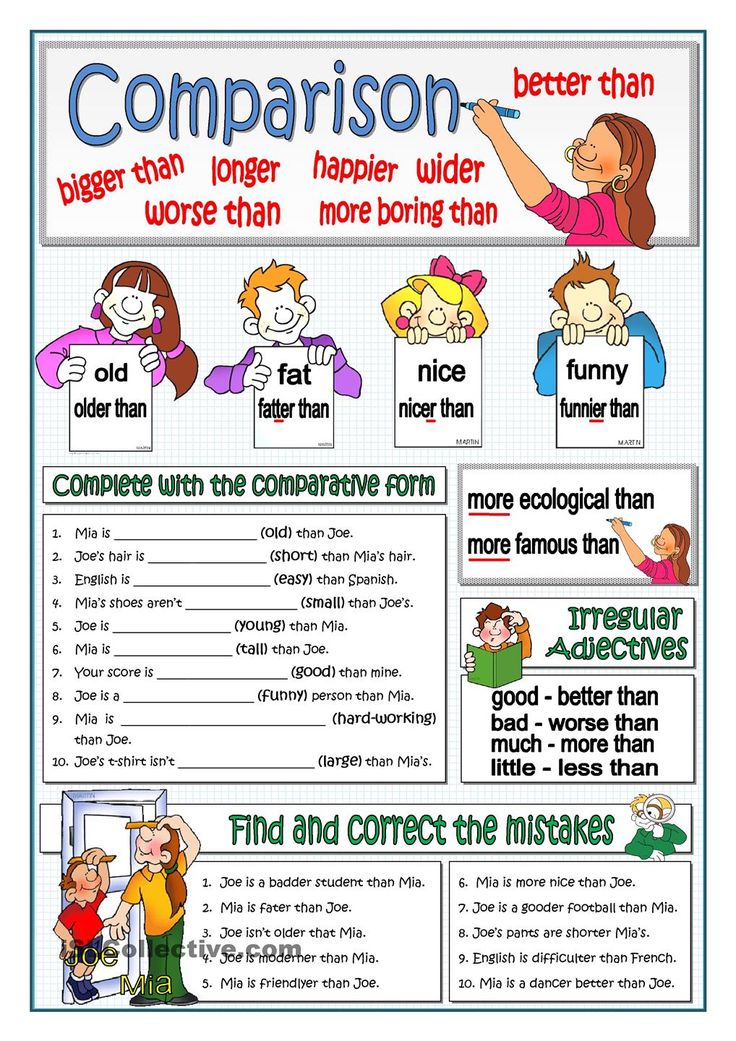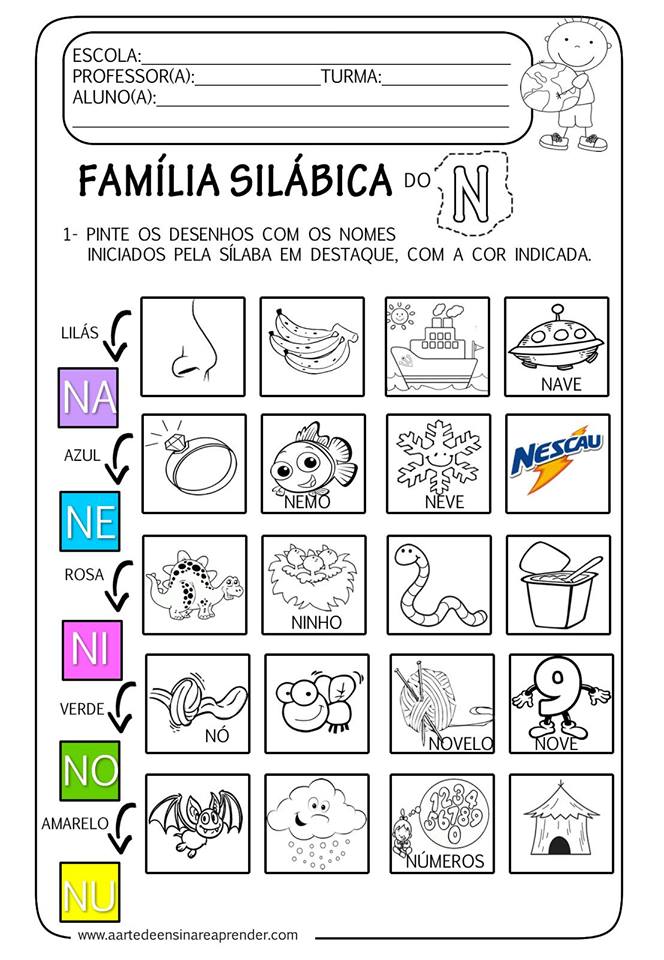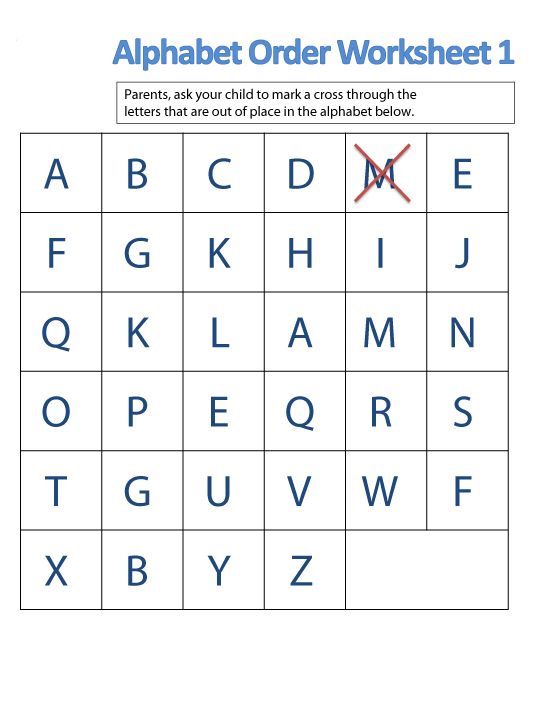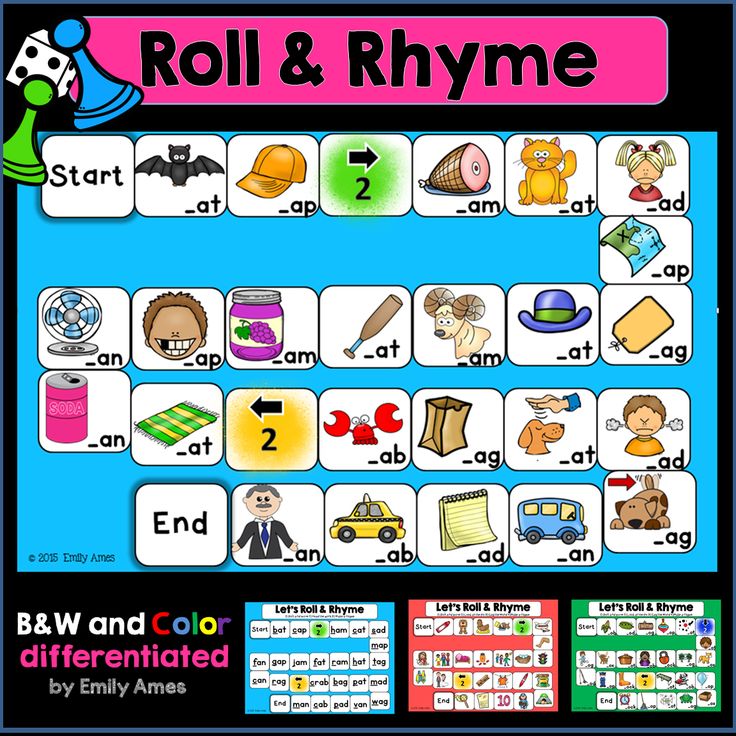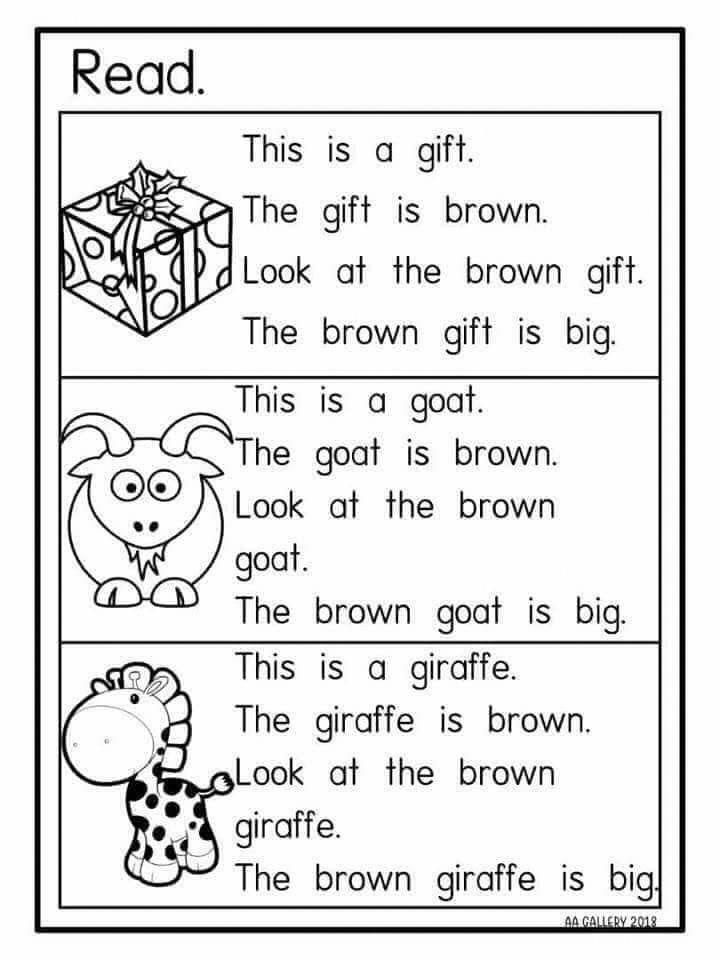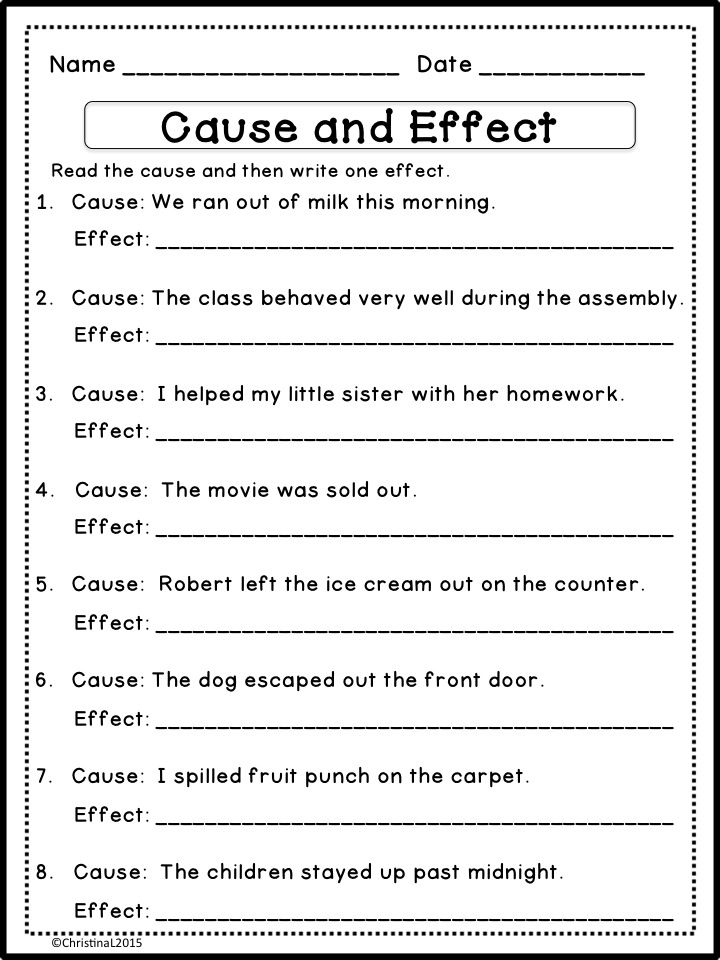Learn the numbers
See and Learn Numbers
Your Privacy on DSE sitesWe use cookies to provide essential functionality and to analyse how our sites are used.
Learn MoreSee and Learn Numbers is designed to help parents and educators teach children basic number skills and concepts.
See and Learn Numbers is designed to teach young children to count, to link numbers to quantity, to understand important concepts about the number system and to calculate with numbers up to 10. It also teaches early mathematical concepts important for understanding space, time and measurement - including color, size, shape, ordering, sorting and patterns.
See and Learn Numbers follows recommended, evidence-based practice in number and maths teaching for all children, with some adaptations to meet the learning needs of children with Down syndrome.
It teaches number skills in small steps, and provides many opportunities for practice to consolidate learning. Number concepts are presented with clear, visual representations. Teaching activities are designed to minimize distraction and reduce working memory and language demands to make it easier to focus on the learning tasks. See and Learn Numbers may also be helpful for other children for whom similar adaptations are beneficial.
See and Learn Numbers includes 3 steps:
- See and Learn First Counting - activities to teach children to say the number words, to recognize the numerals, to link quantities to numbers, to count, and to understand the concepts of cardinality and equivalence for the numbers 1 to 10
- See and Learn First Concepts - activities to teach children to about shapes, colors, sizes, ordering, comparing, sorting and sequences
- See and Learn First Sums - activities to teach children to add, subtract, multiply and divide with numbers and quantities from 1 to 10, and to understand the relative sizes of these numbers, ordinality and inversion
When to start
The first two steps in See and Learn Numbers are suitable for children who understand and can say (or sign) at least 100 words.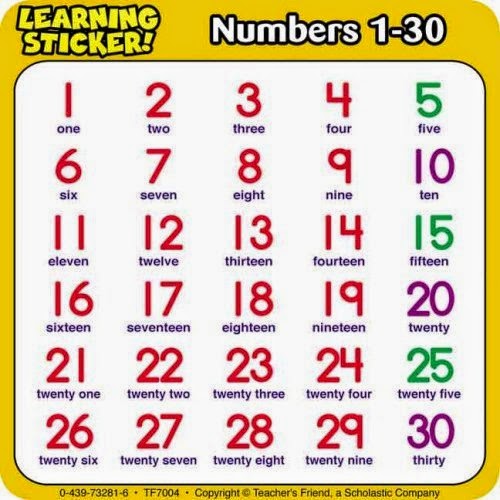 For many children with Down syndrome, this will be at around 3 or 4 years of age.
For many children with Down syndrome, this will be at around 3 or 4 years of age.
See and Learn Numbers is also suitable for older children who are still learning early number concepts, learning to count up to 10, and learning to add, subtract, multiply and divide with numbers and quantities from 1 to 10.
Apps, kits or both
Each step in See and Learn Numbers is available as an app and as a kit with printed materials and plastic counters . Kit components are also be available to purchase separately for parents and educators wishing to mix computer-based and hands-on teaching activities.
See and Learn First Counting is now available for iPads, and as a kit. Versions for Android tablets and Windows 10 devices will be released soon.
For home and school
See and Learn programs include step-by-step instructions, ready-to-use teaching materials, and all the information needed to understand and implement them.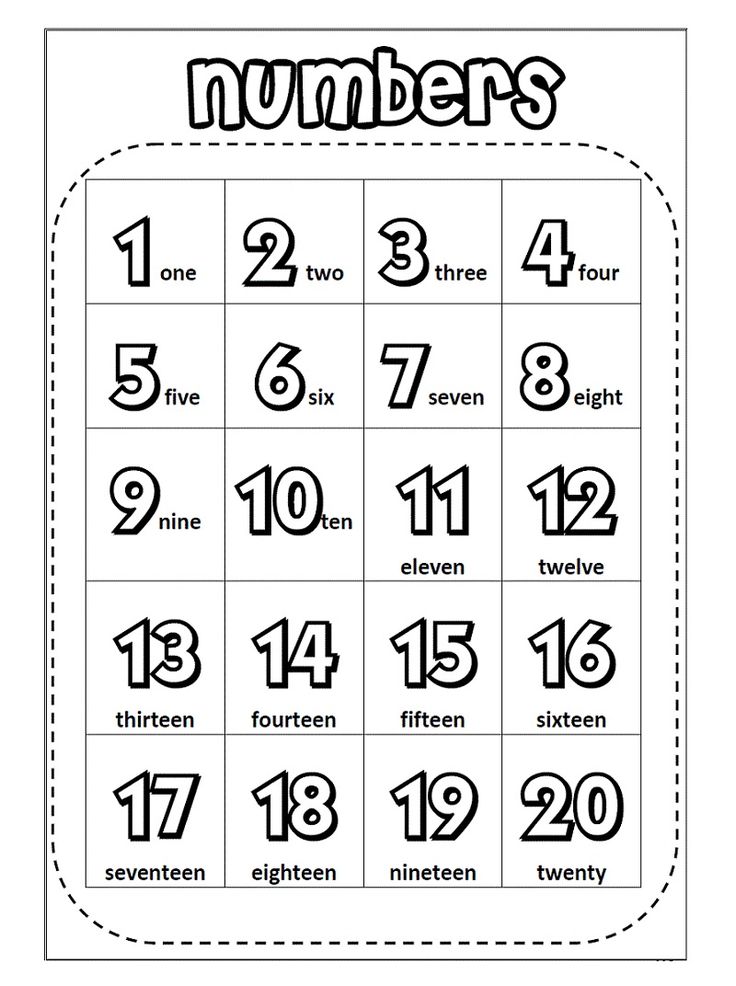 They are designed to be easy for parents to use at home and to be suitable for use in early intervention services, nurseries, preschools and schools.
They are designed to be easy for parents to use at home and to be suitable for use in early intervention services, nurseries, preschools and schools.
Working with other See and Learn programs
See and Learn Numbers can be used alongside See and Learn Speech , See and Learn Language and Reading and See and Learn Memory as children will be progressing in all these areas throughout childhood.
The development of See and Learn Numbers was generously supported by the Big Lottery Fund and The Rayne Foundation .
Numbers
This is a small game for learning numbers in English. Students can click on the numbers to hear them spoken and see them written. The mini-game part allows students to practice listening and reading the numbers. While this game was primarily made for ESL students, young children may also find it useful.
The mini-game part allows students to practice listening and reading the numbers. While this game was primarily made for ESL students, young children may also find it useful.
The main aim of this game is to practice using numbers in English. This is done through the mini-game part in which students listen to audio and then click on the matching number. The hope is that this will increase familiarity and give practice in listening to how numbers sound.
The second aim is to present or introduce numbers for any students who do not know them. While numbers as a topic is quite basic for ESL learners, it is possible that some of the higher numbers may be completely new to some students and so they need some guidance on how they sound. This is done by displaying numbers on the screen just before the main game screen. Students can see all the numbers that will be used in the game and they can click to hear them spoken.
There are 8 sets of numbers:
0 to 20 - basic numbers
13 to 19 & 20 to 90 - comparing 'teen' numbers to 'ty' numbers
20 to 100
100 to 900,000 - large numbers
100 to 990 - mid-size numbers ending in ten
100 to 999 - mid-size numbers in detail
1000 to 100,000 - large numbers
1000 to 100,000 - large numbers in more detail
These groupings were chosen to give a broad range to practice with while trying to avoid repetition of similar numbers.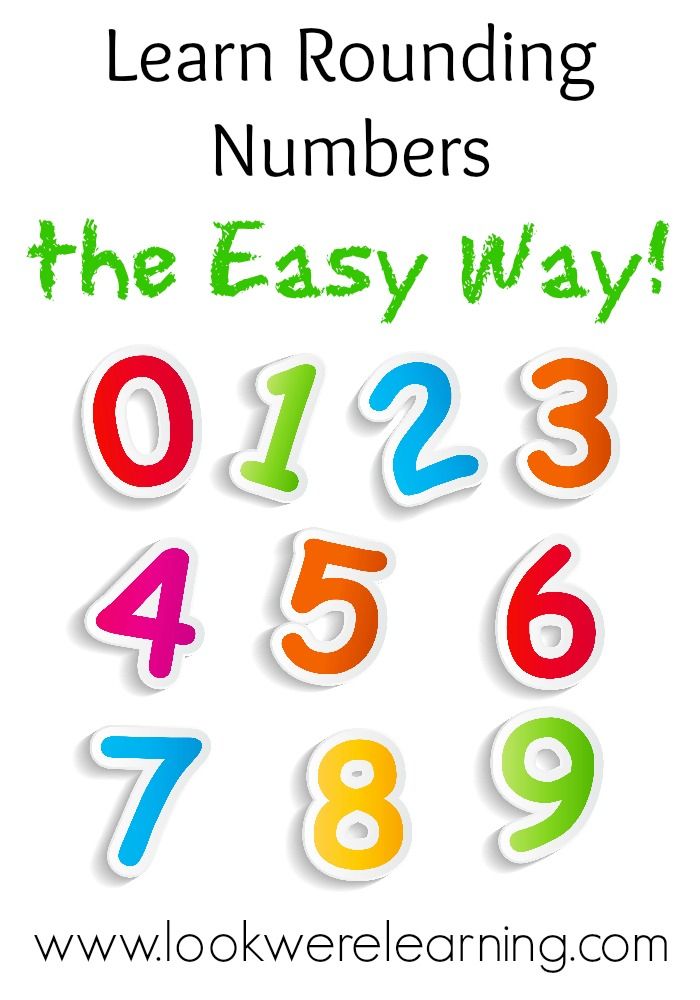 All the numbers from 0 to 20 are included as these are the most common, but only some from 20 to 100 are used, as including every number up to a hundred would be somewhat excessive. Particular attention is given to the contrast between the teen numbers (13-19) and the multiples of ten (20,30,40 etc), as this is a difference that ESL learners often have trouble with. Set 4 focuses on the difference between larger numbers eg. 100 vs 1000 vs 10,0000. Sets 5 and 6 cover numbers from 100 to 1000, with set 6 being more precise. Finally, sets 7 and 8 cover numbers from 1000 to 100,000 with a focus on numbers that may sound similar, such as 16,000 vs 6016.
All the numbers from 0 to 20 are included as these are the most common, but only some from 20 to 100 are used, as including every number up to a hundred would be somewhat excessive. Particular attention is given to the contrast between the teen numbers (13-19) and the multiples of ten (20,30,40 etc), as this is a difference that ESL learners often have trouble with. Set 4 focuses on the difference between larger numbers eg. 100 vs 1000 vs 10,0000. Sets 5 and 6 cover numbers from 100 to 1000, with set 6 being more precise. Finally, sets 7 and 8 cover numbers from 1000 to 100,000 with a focus on numbers that may sound similar, such as 16,000 vs 6016.
Originally, I was going to include numbers up to multiples of a million, but they ended up looking really long and would have required a really small font to display. Commas are used in all numbers above 10,000, but not for any below. This was a style choice: using commas too often can be distracting, but they are necessary for longer numbers.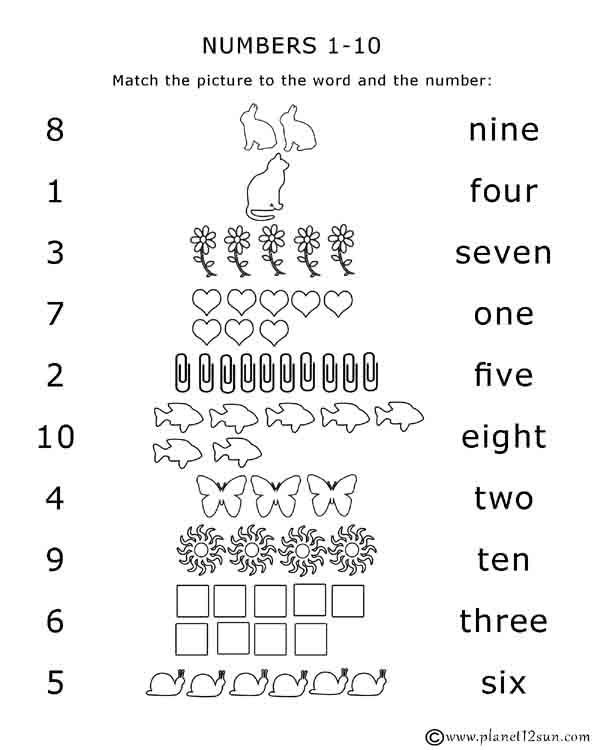 Also, some numbers between 1000 and 2000 are expressed as hundreds, eg. 1200 as 'twelve hundred' rather than 'one thousand two hundred'. This was again a style choice: for some numbers it is simpler to express in hundreds.
Also, some numbers between 1000 and 2000 are expressed as hundreds, eg. 1200 as 'twelve hundred' rather than 'one thousand two hundred'. This was again a style choice: for some numbers it is simpler to express in hundreds.
In the mini-game you take control of a small monster and you have to help him survive by pointing and clicking to make jump him on blocks. Three blocks are shown and each has a number displayed in the middle. The audio of one of these numbers is then played and you have to move the monster to the matching block. If you pick the correct block, then the monster survives, but if you choose badly, then the monster falls off the bottom of the screen and the game is over. Each round has 14 numbers and there are 8 rounds. There is also a timer and if you do not pick a block quickly, then you may fall off the bottom of the screen before you even move.
It is hoped that learning can take place through the association of audio/text with the numerical digit. Students will see and hear the numbers and then have that paired with the digits displayed.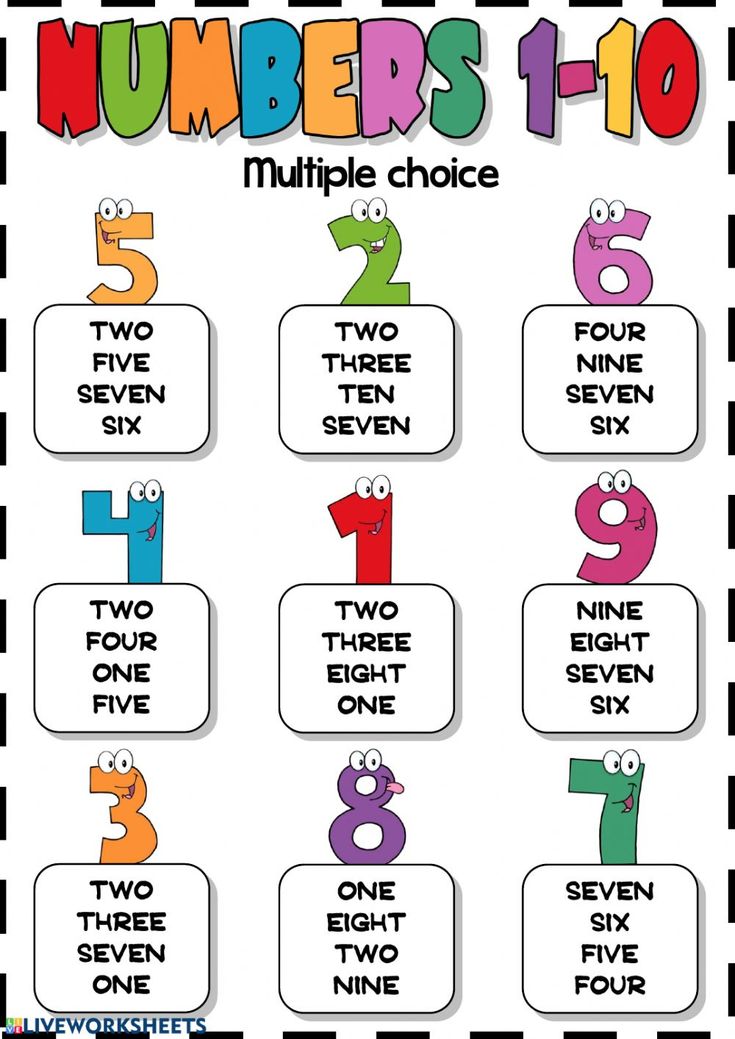 It is hoped that repeatedly doing this will increase familiarity and practice number ability. I think that the 2 variations of receptive recognition are covered here: in the game, students listen to or read the number and then match that to a numerical digit; in the presentation screen, students can see the digits and then can click to hear how they are spoken or see how they are written.
It is hoped that repeatedly doing this will increase familiarity and practice number ability. I think that the 2 variations of receptive recognition are covered here: in the game, students listen to or read the number and then match that to a numerical digit; in the presentation screen, students can see the digits and then can click to hear how they are spoken or see how they are written.
Audio by Jason Wright - Crazy Uncle with a Mic
Leave any comments below.
How to quickly learn numbers with a child - what to do if a child cannot remember numbers
What to do if your child cannot remember numbers in any way?
Others remember, but yours doesn't! It's a shame.
And, most importantly, why is this happening?! Unclear.
After all, a child is no worse than the rest, right?
And, to be extremely frank, in some places - even better! Smart and talented, after all…
A familiar story? And so it was with us as well 🙂.
What if your child can't remember numbers? How to help?
Masha is smart.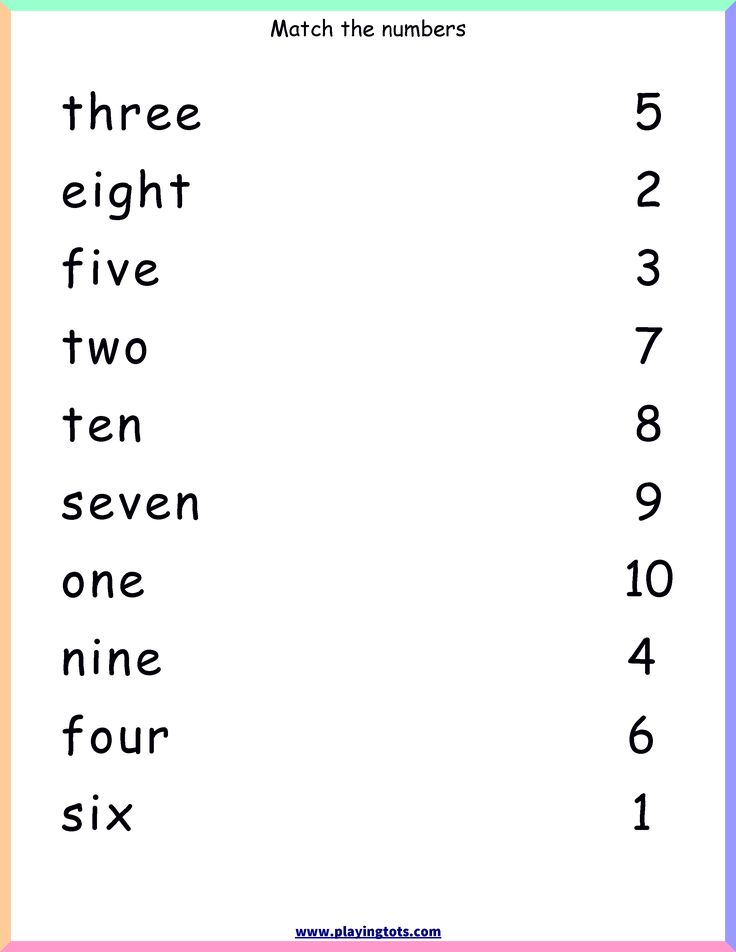 Very smart and talented and… Well, you get the idea.
Very smart and talented and… Well, you get the idea.
But remembering the numbers - it didn't work out! No matter how much they repeated, or counted, stickers were pasted - no use.
All the numbers for Masha were the same.
Stop!
One person
That's it! This was the main secret of Masha and many other children.
It's all about perception! It is different for people. Not just for kids, by the way.
There are children for whom one is one, and two is two. Well, you know how a donkey is a donkey, and a lamb is a lamb. You would probably be surprised if your child couldn't tell a donkey from a ram, right?
And there are children for whom one, two, three and all-all-all (as well as letters!) -
SIMPLY FOR - KO - RYU - CHKI!
And now imagine. They give you a piece of squiggles and say:
- This squiggle is called “one”, this one is called “two”, and this is generally the letter “a”! Did you remember everything? Repeat!
Imagine? Scary? So it is for children who do not remember numbers and letters in any way.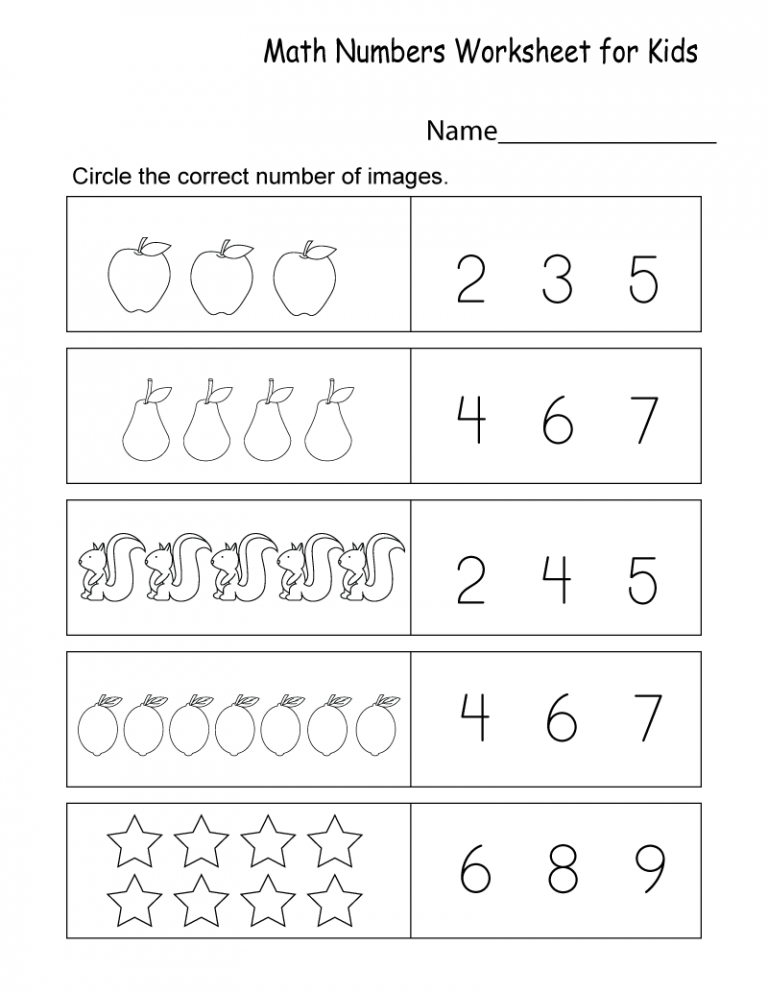
Well, okay, there is nothing terrible about it now, because we have already come up with a solution that helped us learn letters first, and then numbers.
Our ABC of Little Poets will help you learn letters, and today we will tell you about
How to help your child memorize numbers quickly
essence of the method
How to help? Very simple! Let's get back to the point, let's say, "troubles" (horror, how I don't like the word "problem").
All figures for one person! So, we need to "invent a face" for each digit!
That is, the shape of each number should stop becoming a squiggle for the child, but should become special, memorable.
And, of course, it should be remembered not just like that, but along with the name.
We took all these conditions into account and came up with rhymes-associations. But the associations are not just with the number (you will find many of them), but also with the shape of the number. The name of the figure is intentionally a rhyme. Now one number cannot be confused with another.
The name of the figure is intentionally a rhyme. Now one number cannot be confused with another.
Yes! In each picture, be sure to look with your baby for exactly as much of something as the number indicates.
How to quickly learn the numbers up to 10 with a child
the method of Magic "Version"
0 - zero
There is not a single bagel!
So this is ZERO!
1 - one
Thin, big-nosed gentleman
There is always ONE!
2 - two
The swan barely swam to us,
Turned into the number two!
3 - three
Rub two rings
And you will get the number three!
4 - four
This is a hanger in the apartment!
And also - the number four!
5 – five
If you round the ponytail,
You will immediately become the number five!
6 – six
Is there a ponytail on top of the circle?!
So this is the number six!
7 - seven
The pole is completely slanted!
The figure is seven!
8 - eight
We will ask the roly-poly
Become the number eight today!
9 - nine
Attach a tail to the bottom of the circle,
And we get the number nine!
That's all our numbers!
When Masha and I were learning numbers, we played school, of course.
Each lesson they learned one number, one rhyme, colored one number and supplemented their workbook with the studied numbers with it.
Let me remind you that now you also have the opportunity to print a color "Version" and coloring pages with numbers and words! Finally, I found the time and collected everything in a collection, which is here.
Quick memorization for you!
Yes, if our method suits you, let me remind you that you can study the letters with our "ABC of Little Poets" using exactly the same method!
How to teach a child to count
1699
Learning numbers with a child and teaching him to count is not an easy task. But any parent knows that you need to get acquainted with mathematics at a preschool age. If a kid at 5-6 years old masters the composition of the number and counting within ten, then it is more likely that at school it will be easier for him to cope with tasks.
How to interest a child in mathematics?
First, follow the basic rules:
- 1. It is better to learn numbers and numbers not at the table, but in the game or immediately in practice. For example, have the child count the ingredients for a cake or a button on a shirt.
- 2. Practice when the baby is in a good mood. Try to evoke positive emotions in him. So the information is better remembered.
- 3. First, choose easy examples so that the child can cope with them. And when he successfully masters the first task, he will definitely want to repeat the success. At the same time, do not forget to praise the child.
- 4. Practice constantly, each time using something new. This is how you maintain interest and form a habit.
- 5. If the child fails to solve the task - do not get annoyed, but try to explain in practice. After all, the main thing in 5 years is not to learn the basics of mathematics, but to form an interest in studying it in the future.
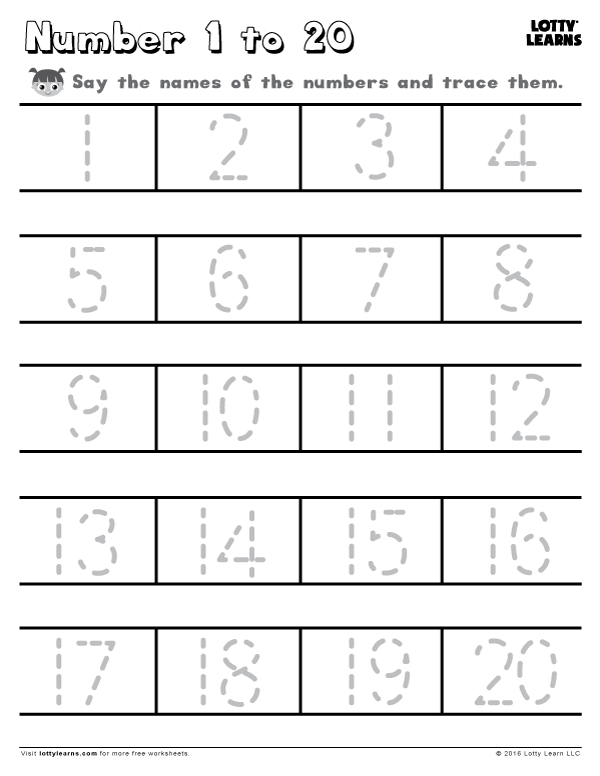
How to learn numbers:
Draw and hang in the child's room a number series from 1 to 20. It will always be in front of your eyes and will be remembered. Play the game of "jumping finger": point your finger in a chaotic order of the numbers from this row and ask for a number. Draw separate cards with numbers from 1 to 20 and ask the child to name them. In the first case, the baby remembers the ordinal arrangement of numbers, and in the second, he learns to recognize them randomly.
Make these cards: draw a number on dark cardboard with PVA glue, dip in semolina and dry. We work with these cards like this: the child circles the number with his finger as it should be written according to the rules, and pronounces the association aloud. For example, the number 1: first draw a tail with your finger from the bottom up, and then a straight stick down, saying: "Beak, leg." For numbers 2 - "Head, neck, tail"; 4 - "Back, seat, leg", etc. Come up with your own associations to better remember. In this exercise, children visually see the number, feel it tactilely, remember the spelling, speak out loud and reinforce it with associations.
In this exercise, children visually see the number, feel it tactilely, remember the spelling, speak out loud and reinforce it with associations.
You can get acquainted with the numbers and complete tasks online to consolidate knowledge on our website in the "Counting and Numbers" section.
How to teach counting:
In order for a child to learn to count, he must master the composition of the number, that is, understand that the number 5, for example, consists of a combination of the numbers 2 and 3, 1 and 4, etc. And for this, we first show the numerical value of the number 5 on real identical objects. For example, 5 is 5 spoons, apples, etc.
Play the game "Let's share" as often as possible. Take 5 sweets and offer to share between two. Ask the child: "How will we divide the sweets? How much will you take for yourself, and how much will you give to me?" Show that 5 sweets can be divided like this: 1 for mom, and 4 for baby, 2-3, 3-2, 4-1. And be sure to show that you are not counting empty numbers, but numbers that represent real candies.
You can also play this game: take 5 buttons (or other small items), first show the child that there are 5 of them, count with your finger. Then hide your palms with buttons behind your back and ask the child: “If I have 2 buttons in my right hand, how many in my left?” And then invite the kid to ask you a riddle. Guessing, sometimes "make mistakes" - children love to "catch" adults on mistakes.
Having mastered the composition of the number, the child will easily understand the basics of addition and subtraction.
Tasks for ordinal counting and comparison for preschoolers are recommended to be completed on the page "Assignments in mathematics for children 5-6 years old."
Did you like it? Share with friends:
Online classes on the Razumeikin website:
-
develop attention, memory, thinking, speech - namely, this is the basis for successful schooling;
-
help to learn letters and numbers, learn to read, count, solve examples and problems, get acquainted with the basics of the world around;
-
provide quality preparation of the child for school;
-
allow primary school students to master and consolidate the most important and complex topics of the school curriculum;
-
broaden the horizons of children and in an accessible form introduce them to the basics of various sciences (biology, geography, physics, chemistry).
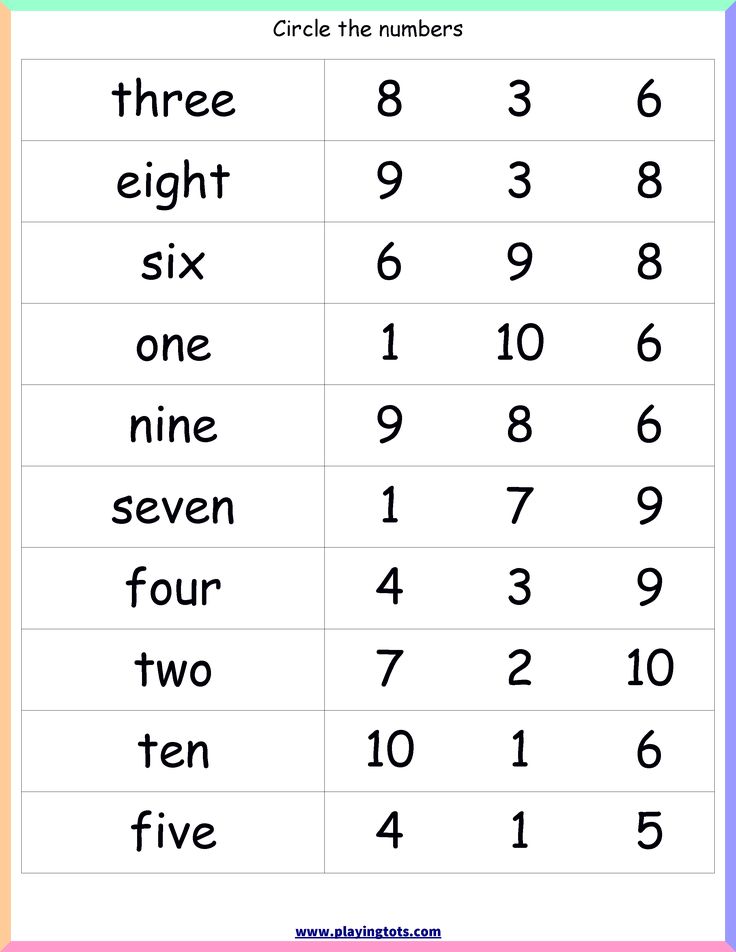
Learn more

